By Joel McCartan – Hunter & Night Vision Gear Enthusiast
Let me tell you something that changed my entire hunting game – the day I discovered straight-wall cartridge scopes. After twenty years of chasing whitetail through the thick brush of Ohio and Michigan, I thought I knew everything about optics. Boy, was I wrong.
It was during a particularly frustrating November hunt when I watched a beautiful 8-pointer slip away at 250 yards because my traditional BDC reticle just couldn’t compensate for the rainbow trajectory of my 450 Bushmaster. That’s when I realized I needed something specifically designed for these heavy, slow-moving bullets that drop like rocks past 200 yards.
If you’re hunting in one of the growing number of states that mandate straight-wall cartridges for deer season, you’ve probably faced the same challenge. The ballistics of cartridges like the 450 Bushmaster, .45-70 Government, 350 Legend, and 400 Legend are completely different beasts compared to your typical high-velocity rounds. They require specialized optics that understand their unique flight characteristics.
Why Straight-Wall Cartridges Need Special Optics
Here’s the reality check that every straight-wall hunter needs to understand: these cartridges are game-changers, but they’re also challenging. When you’re lobbing a 260-grain bullet at 2,200 fps instead of a 150-grain projectile at 2,900 fps, physics works against you in ways that standard scopes simply can’t handle.
I learned this the hard way during my first season with a 350 Legend. Using a conventional scope with hash marks, I consistently shot over my targets beyond 150 yards. The bullet drop was so dramatic that my trusty old 3-9×40 with its generic BDC reticle became more of a hindrance than a help.
The solution? Scopes specifically engineered for straight-wall ballistics, with reticles that account for the steep trajectory curves these cartridges produce. Trust me, once you experience the precision of a purpose-built straight-wall scope, you’ll never go back to guessing holdovers.
Our Top Picks for Straight-Wall Cartridge Scopes
After extensive testing across multiple hunting seasons and countless range sessions with my collection of straight-wall rifles, here are the scopes that have earned their place in my gun safe.
1. Hawke Vantage IR Straight-Wall Marksman 3-9×40 – The Game Changer
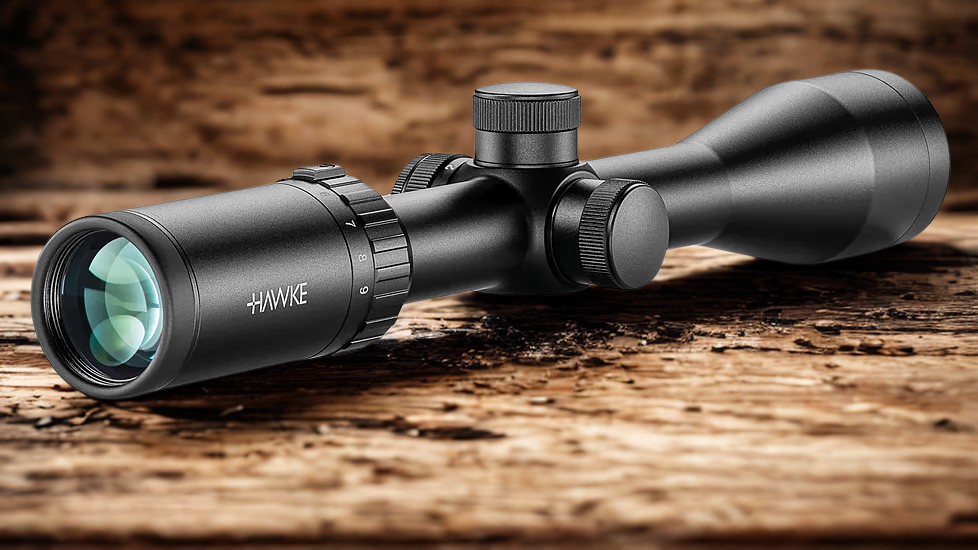
This scope revolutionized my straight-wall hunting experience. What sets the Hawke apart is its incredibly intuitive reticle design that literally tells you where to hold for different distances. Instead of cryptic hash marks or dots, you get actual yardage numbers etched right into the reticle.
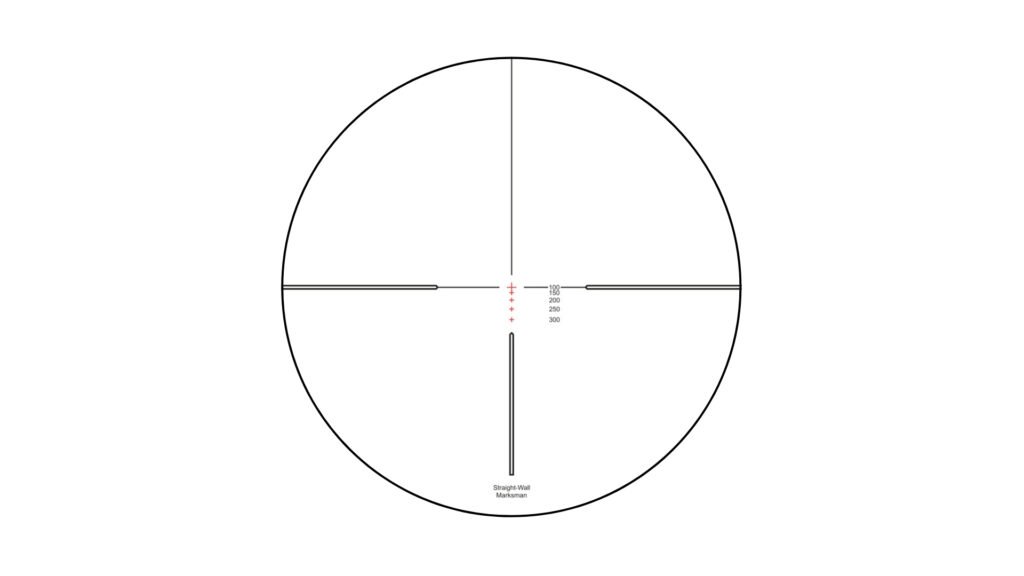
Key Features:
- Crystal-clear yardage markings at 100, 150, 200, 250, and 300 yards
- Red/green illumination with 10 brightness settings
- Optimized for 450 Bushmaster, .45-70 Gov’t, 350 Legend, and 400 Legend
- 1-inch tube with generous mounting dimensions
- Fixed 100-yard parallax
I remember the first time I used this scope on my Ruger American in 450 Bushmaster. A coyote appeared at what I estimated to be 275 yards. Instead of doing mental gymnastics with holdovers, I simply placed the “250” mark slightly high on the target and squeezed. Clean hit. The confidence this reticle instills is worth every penny.
- 1⁄4 MOA Capped Low-Profile Turrets
- 1 inch Mono-tube chassis
- 3.5 Inch Eye Relief
- 11 Layer Fully Multi-Coated Lenses
- Fast focus eyebell
Pros:
- Foolproof yardage references eliminate guesswork
- Excellent light transmission for early morning hunts
- Illumination is bright enough for low-light conditions without being overwhelming
- Affordable price point for the technology offered
Cons:
- The numbered reticle can appear busy at first glance
- Turrets are small and lack the tactile feedback I prefer
- Limited versatility for other cartridge types
2. Vortex Crossfire II 3-9×50 – The Versatile Performer
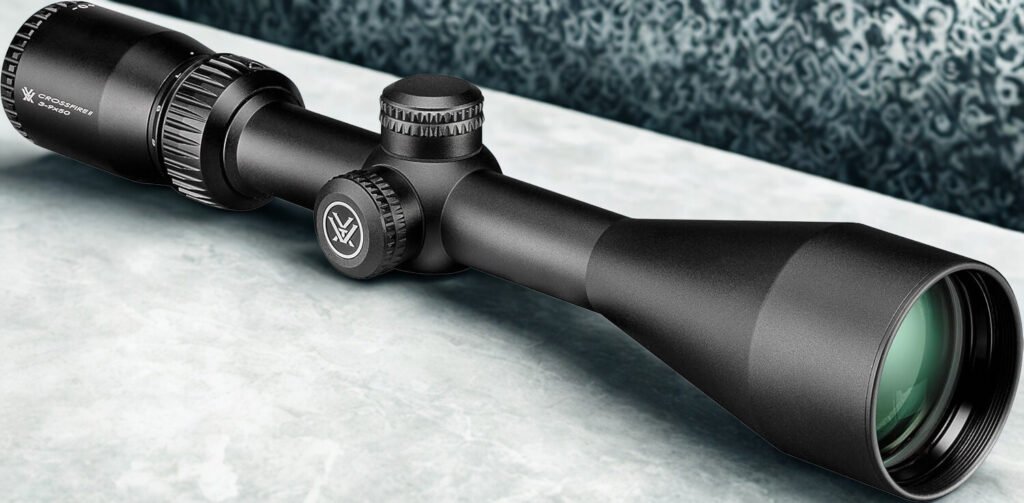
Vortex has built a reputation on delivering quality optics at reasonable prices, and the Crossfire II straight-wall version continues that tradition. While it doesn’t have the idiot-proof reticle of the Hawke, it offers something equally valuable – versatility.
Key Features:
- Large 50mm objective for superior light gathering
- Ballistic references calculated using Vortex’s proprietary software
- Re-zeroable turrets for dialing adjustments
- Optimized for 450 Bushmaster, .45-70 Gov’t, and 350 Legend
- Second-plane BDC reticle
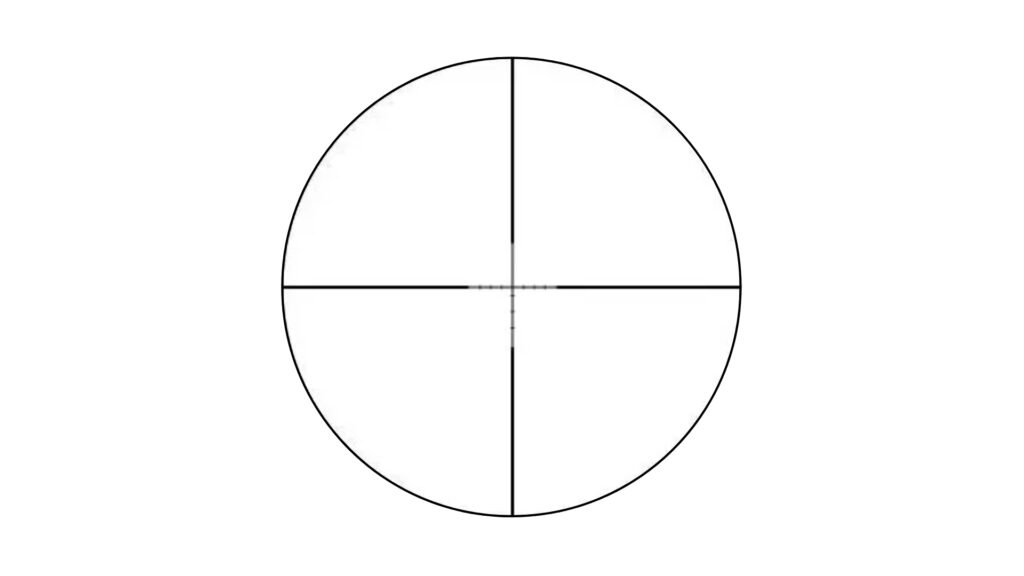
This scope has been my go-to for situations where I might encounter game at varying distances. The 50mm objective lens makes a noticeable difference during those crucial first and last light periods when big bucks are moving. I’ve used this scope successfully on everything from close-range brush shots to 300-yard field edges.
The real strength of the Vortex lies in its adaptability. While the reticle is optimized for straight-wall cartridges, it’s subtle enough to work effectively with other calibers too. I’ve moved this scope between my 450 Bushmaster, my son’s .30-30, and even used it on a .22 for summer varmint control.
- The 3-9×50 Crossfire II riflescope is one of many configurations in the Crossfire II line. The Straight-Wall BDC reticle is optimized for popular straight-wall options.
- With long eye relief and an ultra-forgiving eye box, you’ll be able to quickly get a sight picture and acquire your target. The fast focus eyepiece allows quick and easy reticle focusing.
- Anti-reflective, fully multi-coated lenses provide bright and clear views for the user.
Pros:
- Excellent light transmission thanks to the 50mm objective
- Reliable tracking and return-to-zero performance
- Vortex’s legendary warranty coverage
- Works well beyond just straight-wall applications
Cons:
- Reticle references are quite small and can be hard to see
- No illumination option
- Requires maximum magnification for ballistic references to work properly
3. Athlon Neos Straight-Wall 3-9×40 – The Budget Champion
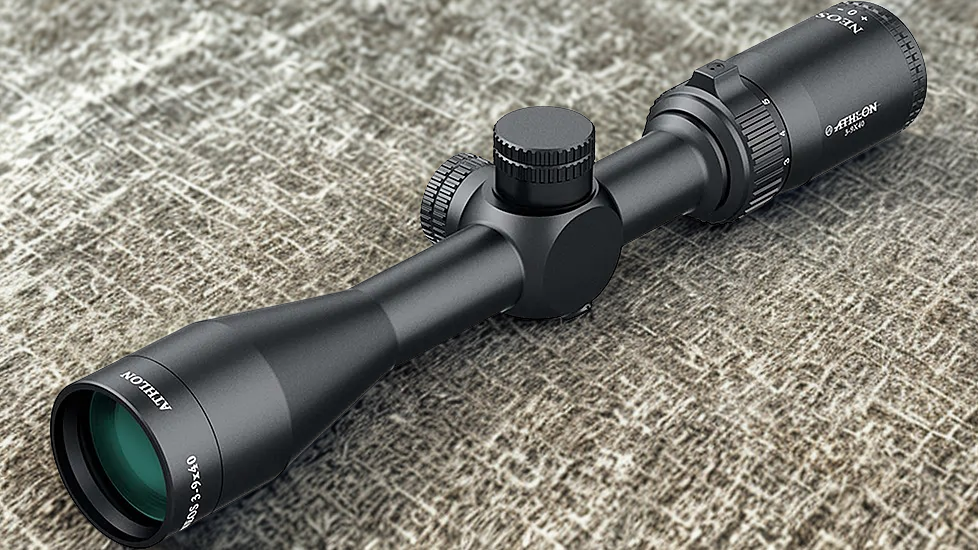
Don’t let the budget-friendly price fool you – the Athlon Neos punches well above its weight class. This scope has become my recommendation for hunters just entering the straight-wall game or those looking to outfit multiple rifles without breaking the bank.
Key Features:
- BDC 300 Straight-Wall illuminated reticle
- Red LED center-cross illumination
- Optimized for specific straight-wall loads
- 80 MOA total adjustment range
- Re-zeroable capped turrets
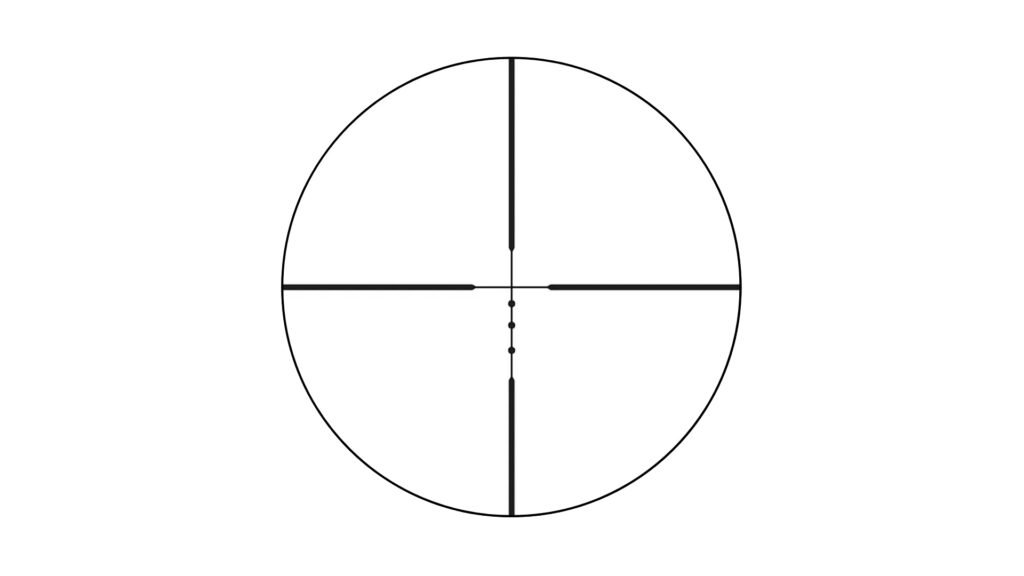
I’ve been particularly impressed with how this scope handles the specific ammunition it’s designed for. When loaded with the recommended bullets (250-grain Hornady FTX in 450 Bushmaster, 325-grain FTX in .45-70, etc.), the accuracy is remarkable. I’ve consistently made ethical shots out to 275 yards with complete confidence.
The illumination feature is a nice touch that you don’t typically see at this price point. During a recent December hunt in thick timber, the red-lit center cross made target acquisition much faster in the shadowy conditions under the canopy.
- Fully multi-coated lenses gives you better light transmission to bring optimum brightness and true color across the entire light Spectrum
- Reticle etched on the Glass that provides excellent backing support for complex reticle design and offers great durability and much higher shock resistance to Recoil
Pros:
- Outstanding value for money
- Illuminated reticle at an entry-level price
- Precise when using recommended ammunition
- Low-profile 40mm objective works with most mounts
Cons:
- Reticle is quite fine and can be hard to see without illumination
- Limited to very specific ammunition for optimal performance
- Illumination module placement is somewhat awkward
4. C&H LPVO 2-12×24 – The Tactical Crossover
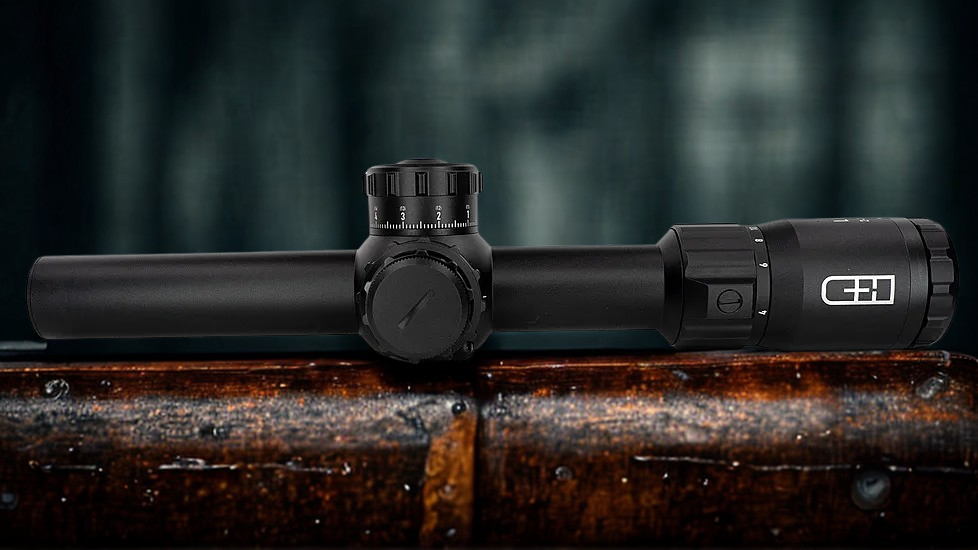
This is where we step into premium territory, but for good reason. The C&H LPVO represents the evolution of straight-wall optics into the tactical precision realm. If you’re serious about extracting every bit of performance from your straight-wall cartridge, this is worth considering.
Key Features:
- First focal plane design with MRAD-based reticle
- 2-12x magnification range
- Exposed, re-zeroable turrets with zero stops
- Side parallax adjustment from 10 yards to infinity
- 30mm tube construction
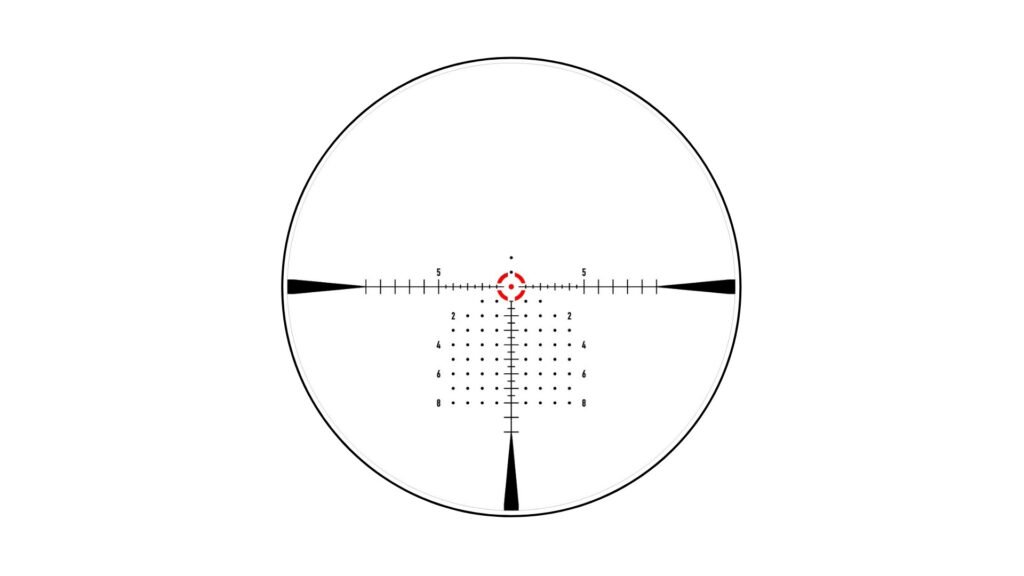
What impressed me most about this scope is its versatility across different shooting scenarios. At 2x, it’s fast enough for close-range brush shots. Crank it up to 12x, and you have the precision for longer shots that push the envelope of straight-wall capabilities.
The first focal plane reticle means the subtensions remain accurate at any magnification – a huge advantage over the second focal plane scopes that require maximum power for their ballistic references to work. This flexibility has saved me on several occasions when game appeared at unexpected distances.
Pros:
- True precision instrument with tactical-grade features
- Works at any magnification setting
- Exceptional build quality and durability
- Versatile enough for multiple platforms and calibers
Cons:
- Significant investment compared to other options
- Complex reticle requires practice to master
- May be overkill for typical hunting scenarios
Straight-Wall Cartridge Breakdown: Matching Scope to Caliber
450 Bushmaster
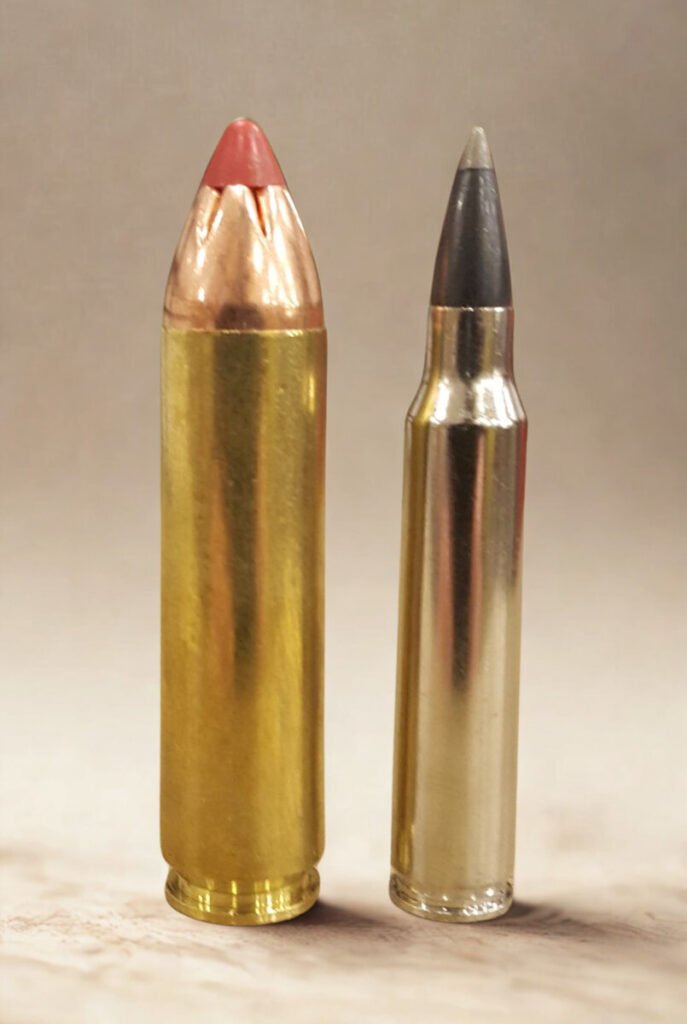
The king of straight-wall cartridges deserves special attention. With its 250-260 grain bullets moving at around 2,200 fps, the 450 Bushmaster hits hard but drops significantly. I’ve found that scopes with references out to 300 yards are essential, as this cartridge has the power to make ethical kills at those distances with proper shot placement.
.45-70 Government
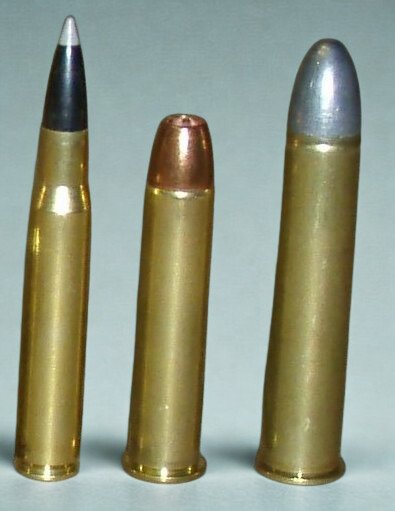
The grand old cartridge that refuses to die. Whether you’re shooting traditional 405-grain loads or modern 325-grain bullets, the .45-70 requires careful attention to trajectory. The heavier bullets actually perform better at longer ranges than you might expect, making a quality scope crucial for maximizing this cartridge’s potential.
350 Legend
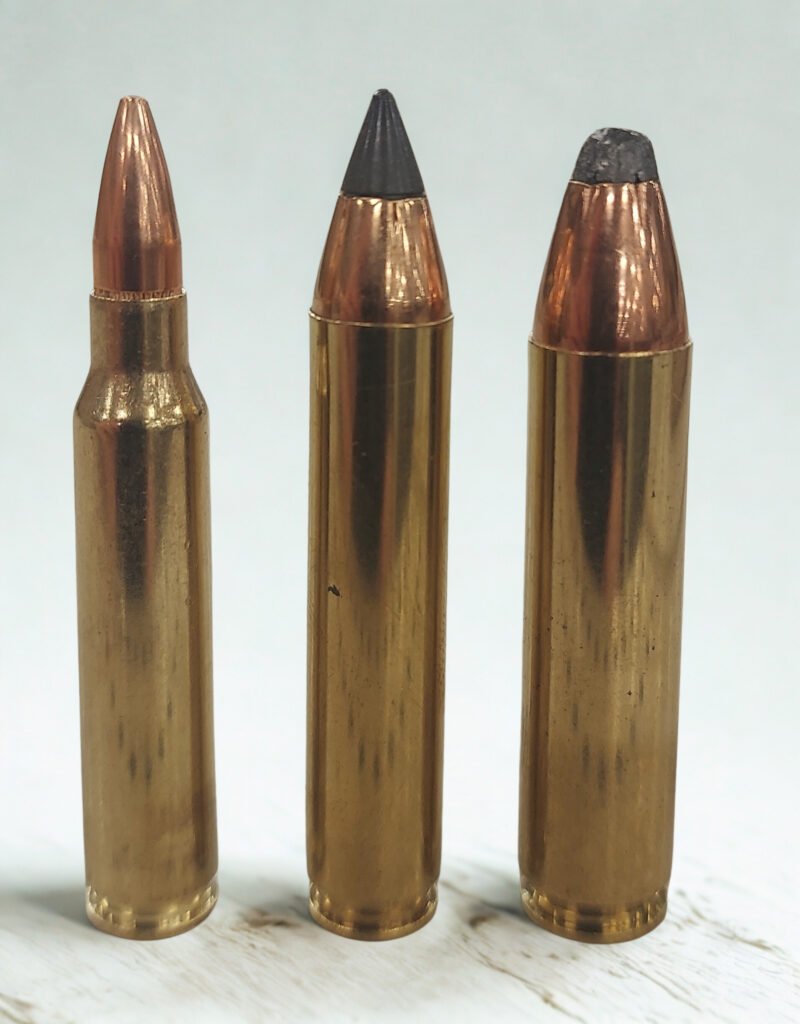
Microsoft’s answer to straight-wall restrictions, the 350 Legend offers the flattest trajectory of the bunch. Its lighter bullets (150-180 grains) maintain velocity better downrange, making it an excellent choice for newer hunters or those sensitive to recoil.
400 Legend
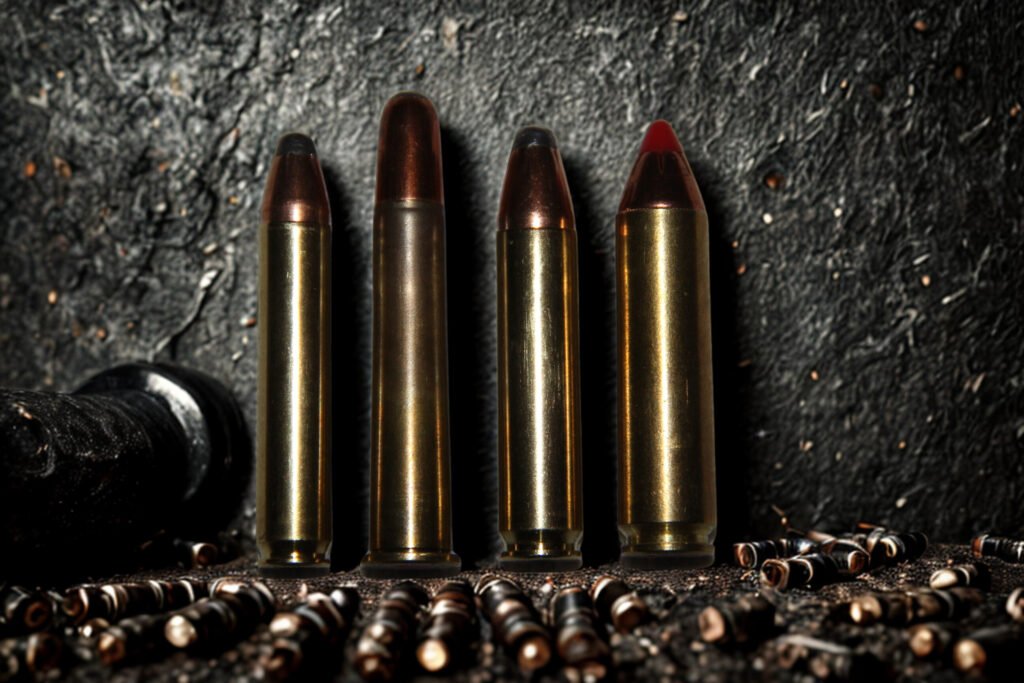
The newer kid on the block, bridging the gap between 350 Legend and 450 Bushmaster. It offers more energy than the 350 while remaining more manageable than the 450, making it an interesting middle-ground option.
Installation and Zeroing Tips
Setting up your straight-wall scope properly is crucial for success. Here’s what I’ve learned through trial and error:
Mount Selection: Stick with quality rings and bases. The recoil from straight-wall cartridges isn’t excessive, but it’s different from high-velocity rounds. I prefer Leupold or Warne rings for their consistent return to zero.
Initial Bore Sighting: Don’t skip this step. Straight-wall cartridges are expensive to feed, and you don’t want to waste ammunition getting on paper. A simple bore sighter will save you time and money.
Zero Distance: Most straight-wall scopes are optimized for a 100-yard zero. Don’t fight this – it’s where these cartridges perform most predictably. I’ve experimented with other zero distances, but 100 yards consistently provides the most usable trajectory curve.
Confirmation at Distance: Once you’re zeroed at 100, confirm your drops at 200 and 300 yards. Even purpose-built scopes can vary slightly depending on your specific rifle and ammunition combination.
Real-World Performance: My Field Experiences
Last season provided the perfect testing ground for these scopes. During a particularly challenging hunt in thick Michigan timber, I encountered deer at distances ranging from 75 to 285 yards – sometimes within the same morning sit.
The Hawke Vantage proved invaluable when a mature buck appeared at the edge of a field opening. The range finder read 240 yards, and instead of doing mental calculations, I simply held on the “250” mark and made a clean, ethical harvest. The confidence that comes from knowing exactly where to hold cannot be overstated.
On another hunt using the Vortex Crossfire II, the superior light transmission became apparent during a foggy morning. While my hunting partner struggled to see clearly through his standard scope, I was able to identify and track deer movement well before legal shooting light officially began.
Maintenance and Care
Straight-wall hunting often means thick cover and harsh conditions. Your scope needs to handle whatever Mother Nature throws at it. Here’s my maintenance routine:
Regular Cleaning: Use quality lens cloths and cleaning solutions. Cheap paper towels or harsh chemicals will damage lens coatings.
Storage: Remove the scope from your rifle during off-season storage. Temperature fluctuations can affect zero, and it’s easier to maintain both rifle and scope separately.
Annual Check: Before each season, verify your zero and check all mounting hardware. I’ve learned this lesson the hard way when a loose ring cost me a shot at a trophy buck.
The Future of Straight-Wall Optics
The straight-wall revolution is far from over. More states are adopting these regulations, and manufacturers are responding with increasingly sophisticated optics designed specifically for these cartridges. We’re seeing innovations in reticle design, lens coatings, and electronic integration that will continue to improve our hunting success.
I’m particularly excited about emerging thermal and night vision technologies being adapted for straight-wall cartridges. As someone who’s passionate about night vision gear, I can see tremendous potential for these technologies to enhance our hunting capabilities while respecting game laws and seasons.
Making Your Choice
Choosing the right scope for your straight-wall cartridge comes down to three key factors: your budget, your hunting style, and your experience level.
For the budget-conscious hunter: The Athlon Neos offers exceptional value and performance that will serve you well in most hunting situations.
For the versatile hunter: The Vortex Crossfire II provides the flexibility to work across multiple platforms and scenarios.
For the precision-focused hunter: The Hawke Vantage delivers unmatched ease of use and confidence-inspiring accuracy.
For the serious enthusiast: The C&H LPVO offers professional-grade performance for those who demand the absolute best.
Conclusion
The evolution of straight-wall cartridge scopes has been remarkable to witness. What started as regulatory restrictions has spawned an entire category of specialized optics that enhance our hunting experience and success rate.
After testing dozens of scopes across multiple seasons and countless range sessions, I can confidently say that purpose-built straight-wall scopes make a dramatic difference in your hunting success. The right optic transforms these challenging cartridges from trajectory puzzles into precision hunting tools.
Whether you’re new to straight-wall hunting or looking to upgrade your current setup, investing in a quality scope designed specifically for these cartridges will pay dividends in the field. The confidence that comes from knowing exactly where your bullet will impact at any reasonable hunting distance is worth every penny.
Remember, the best scope is the one that matches your specific needs, budget, and hunting style. Take the time to consider your typical hunting scenarios, and choose accordingly. Your success in the field – and your enjoyment of the hunt – depends on it.
At nightvisiongears, we’re committed to helping hunters make informed decisions about their optics. Whether you’re looking for traditional scopes, night vision equipment, or the latest in hunting technology, we’ve got you covered with expert advice and quality products.
About the Author: Joel McCartan has been hunting for over two decades and specializes in night vision and optical equipment. As a gear enthusiast and field tester, he provides real-world insights to help hunters make informed equipment decisions.



